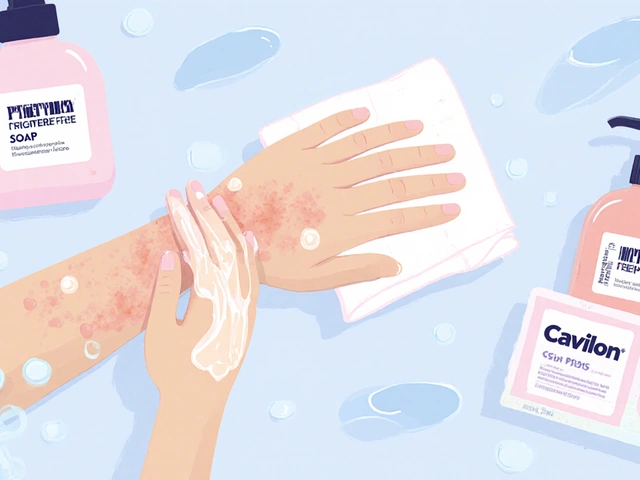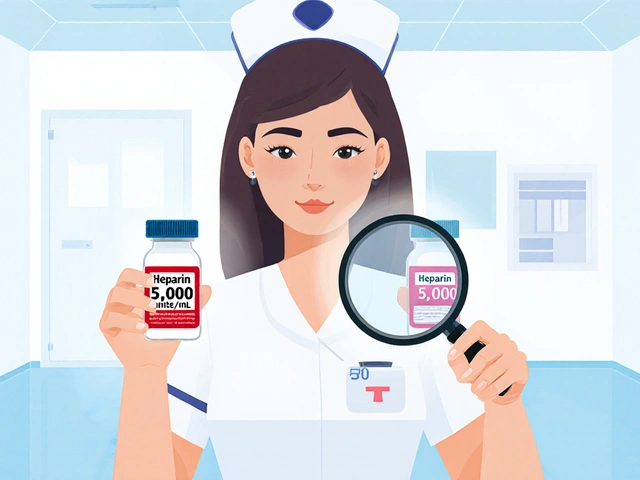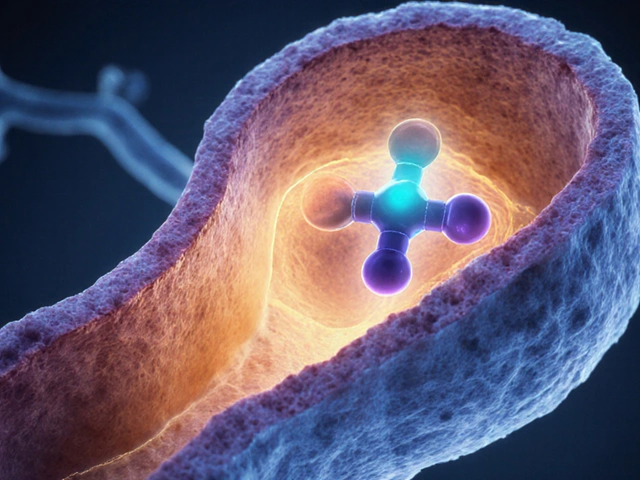Bladder Pain Treatment: Quick Relief Strategies
If your bladder feels like it’s on fire every time you go to the bathroom, you’re not alone. Bladder pain can pop up from a simple infection, a chronic condition like interstitial cystitis, or even a kidney stone that’s irritating the bladder wall. The good news is there are everyday steps you can try right now, plus medical options if the pain won’t quit.
Home and OTC Strategies
Start with the basics. Drink plenty of water – aim for eight glasses a day – to flush bacteria out of your system. If you notice that coffee, alcohol, or spicy foods make the pain worse, cut them out for a week and see if you feel any better. A warm sitz bath (a shallow tub that covers just your hips) for 10‑15 minutes can relax the bladder muscles and calm irritation.
Over‑the‑counter pain relievers like ibuprofen or acetaminophen can reduce the sharp ache, but they don’t treat the cause. For bladder spasms, an OTC antispasmodic such as dicyclomine (if available without a prescription in your country) may help. Use these meds only as directed and talk to a pharmacist if you’re unsure.
When Prescription Treatment Is Needed
If symptoms last more than a few days, get a urine test. A simple lab will tell whether a urinary tract infection is the culprit, and a short course of antibiotics can clear it up fast. For chronic conditions like interstitial cystitis, doctors often prescribe pentosan polysulfate, a drug that helps protect the bladder lining.
Sometimes doctors recommend bladder installations – a thin fluid that’s placed directly into the bladder through a tiny catheter. This can reduce inflammation and pain for people who don’t respond to pills. In severe cases, surgical options like bladder augmentation are considered, but those are last‑resort moves.
Beyond meds, pelvic floor physical therapy is a game‑changer for many. A trained therapist can teach you exercises that strengthen the muscles around the bladder, making it easier to control urges and cut down pain. Timed voiding – going to the bathroom on a set schedule instead of waiting for the urge – also helps keep the bladder from over‑stretching.
When to see a doctor? Call a healthcare provider if you have fever, blood in your urine, pain that’s getting worse, or if you’ve tried home remedies for more than a week without relief. Early diagnosis can prevent a simple issue from turning into a chronic problem.Bottom line: stay hydrated, avoid bladder irritants, try a warm sitz bath, and use OTC pain relievers wisely. If those steps don’t work, a urine test and a chat with your doctor can open the door to antibiotics, prescription meds, or specialized therapies. With the right mix of home care and professional treatment, you can get your bladder feeling normal again.
Everything you need to know about Urispas: what it treats, how it works, dosages, and patient advice. Real tips, clear facts, zero fluff. Your personal, detailed Urispas handbook.



 Medications
Medications




